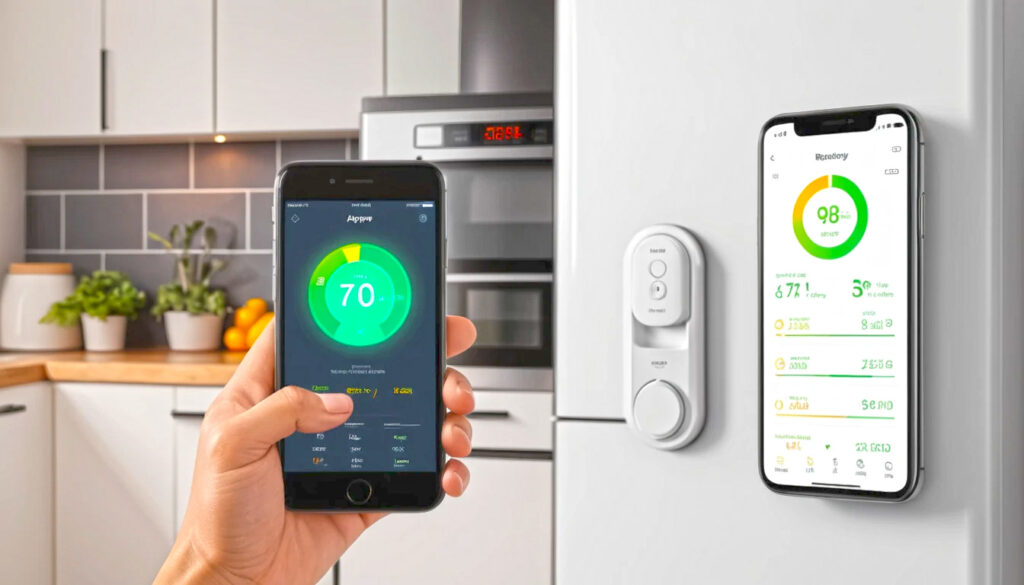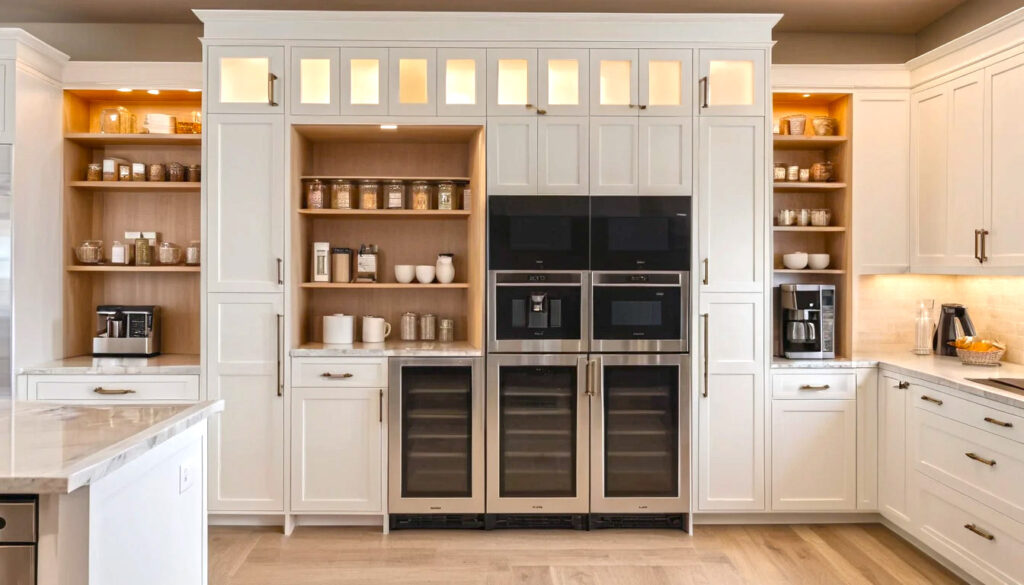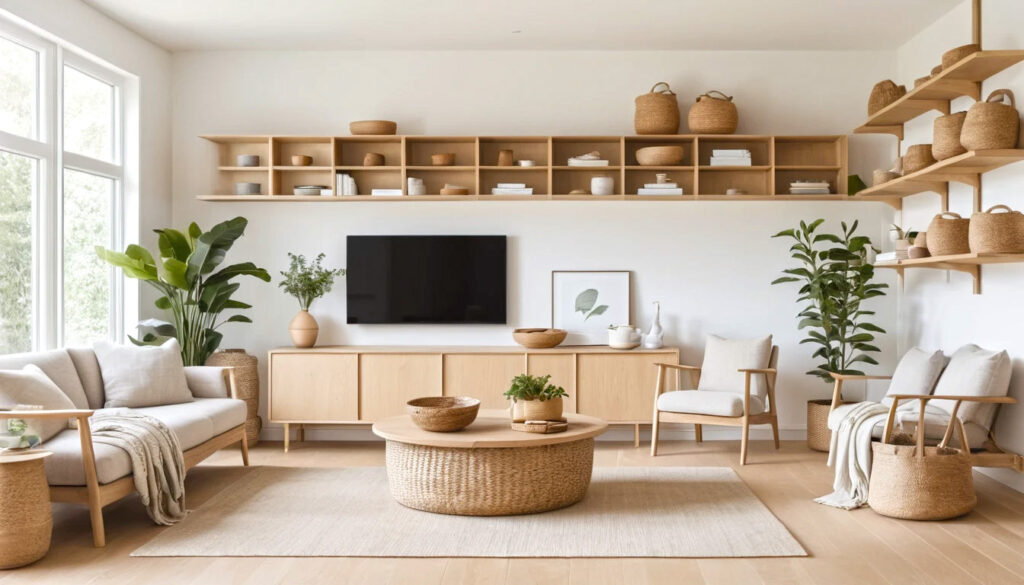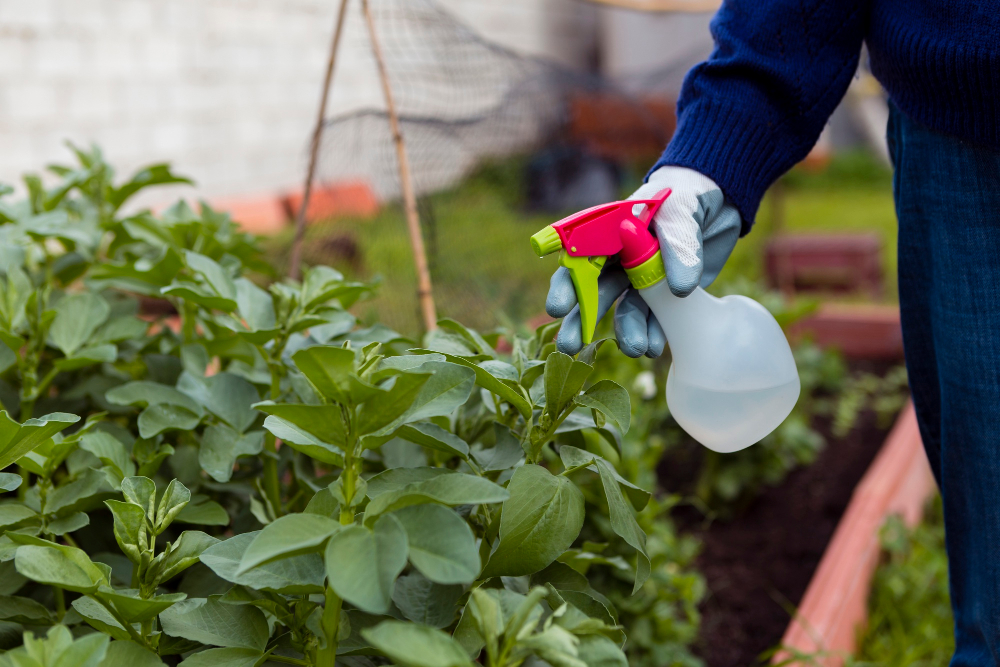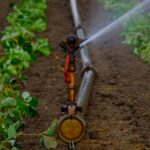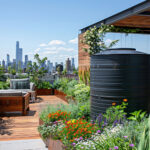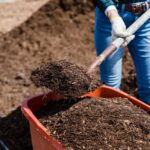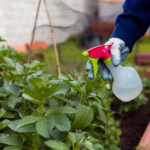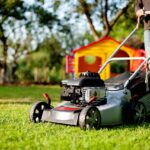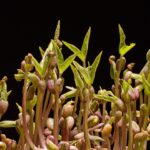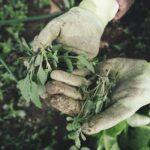Now Reading: Seed Germination Shortcuts for Greener Thumbs
-
01
Seed Germination Shortcuts for Greener Thumbs
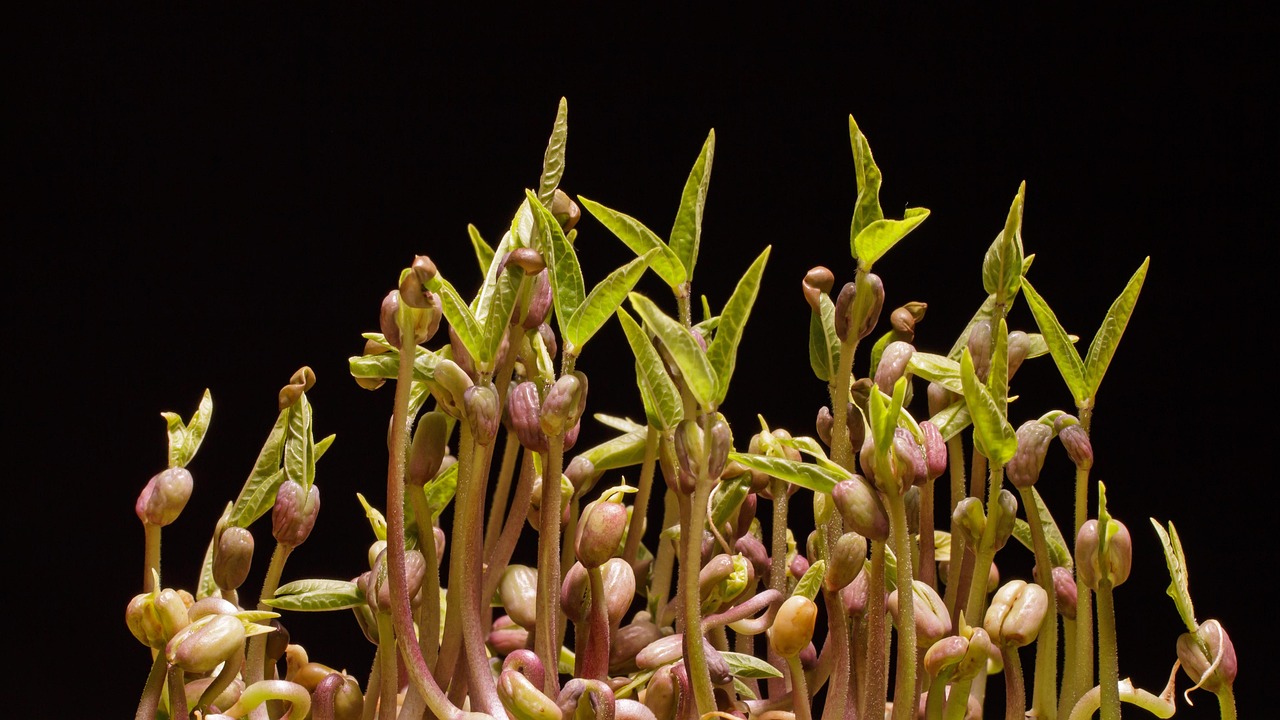
Seed Germination Shortcuts for Greener Thumbs
Why We All Secretly Want Seed Germination Shortcuts
If you’ve ever stared at a seed tray like it’s a Netflix buffering screen, you know the pain of waiting for seeds to germinate. Gardeners whether backyard dabblers or professional seed industry pros have all whispered to themselves, “There has to be a shortcut.” And here’s the thing: there is.
Seed germination shortcuts are the holy grail of gardening fundamentals. With the right tricks, you can decrease germination time, boost germination rates, and finally stop glaring at stubborn seeds that act like they signed a union contract to delay sprouting.
This article will break down the germination process, sprinkle in some real life gardening experience, and share humor soaked wisdom on how to go from reluctant seed to great seedlings faster than you can say “pass the peat moss.”
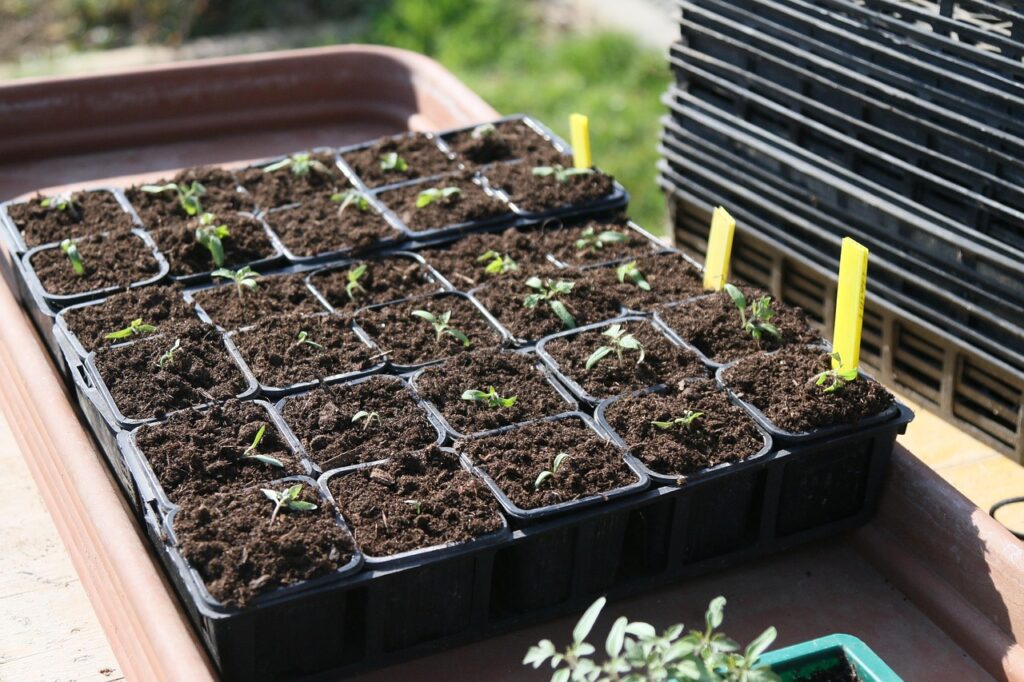
Germination 101 – The Basics You Can’t Skip
Before we dive into hacks, let’s review seed basics. Germination is simply the moment seeds wake up, stretch their little plant tissues, and start sprouting. It’s triggered by the right germination temperature, moisture in the seed starting mix, and a seed embryo that’s ready to rumble.
Think of the seed coat as pajamas. Once you tuck seeds into their seedbed or seed trays, the coat softens, the seed embryo gets comfy, and boom—sprouts appear. The germination process feels magical, but honestly, it’s just biology meeting patience.
Key things:
- Seed coat softens with water.
- Seed embryo begins cell division.
- Roots anchor in soil.
- Seedlings sprout upward, searching for light.
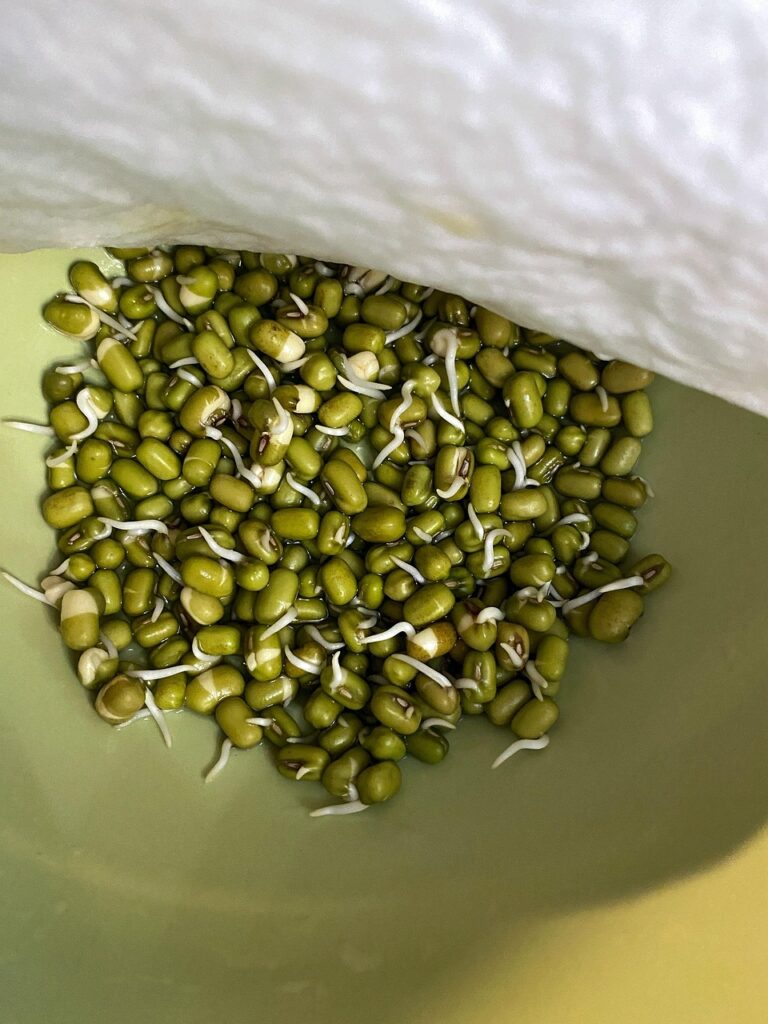
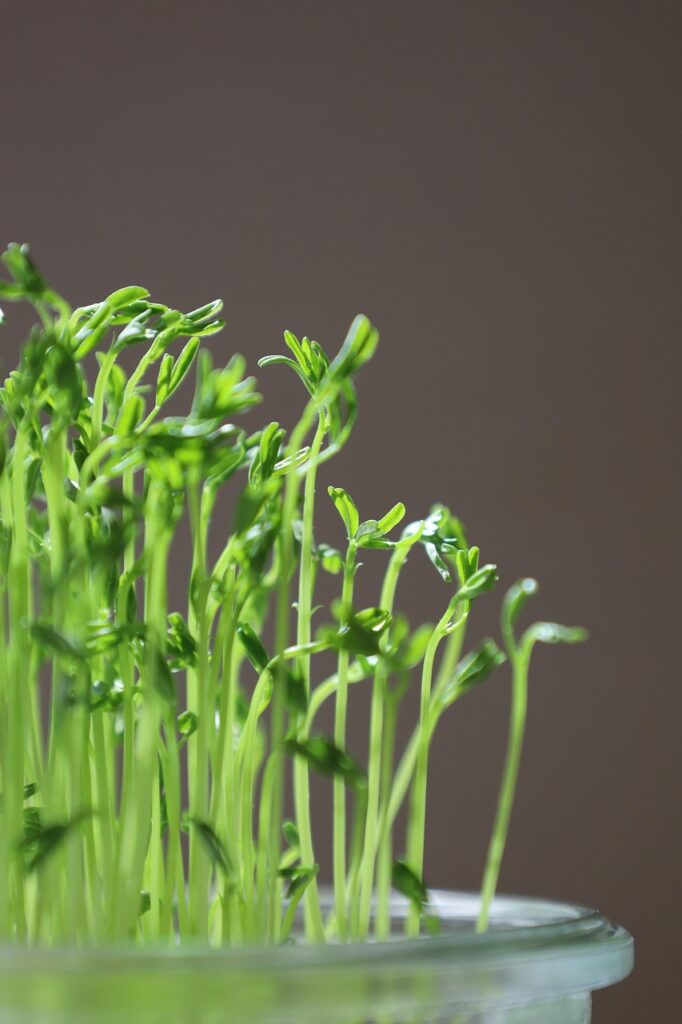
Why Seed Germination Shortcuts Matter
Waiting on seeds is like waiting for beans to cook without a pressure cooker—possible, but painfully slow. With seed germination shortcuts, you’ll:
- Get high germination rates.
- Turn puny flower seedlings into pampered seedlings.
- Enjoy a successful garden without staring down slow growing perennials for three months.
In my first perennial garden, I tossed melon and tomato seeds into a seed starting mix, watered them like I was baptizing them, and prayed. Weeks later, one reluctant seed germinated. That was it. The others basically retired early. Since then, I’ve learned that seed germination shortcuts are the only way to keep your sanity intact.
Seed Germination Shortcuts You Can Actually Trust
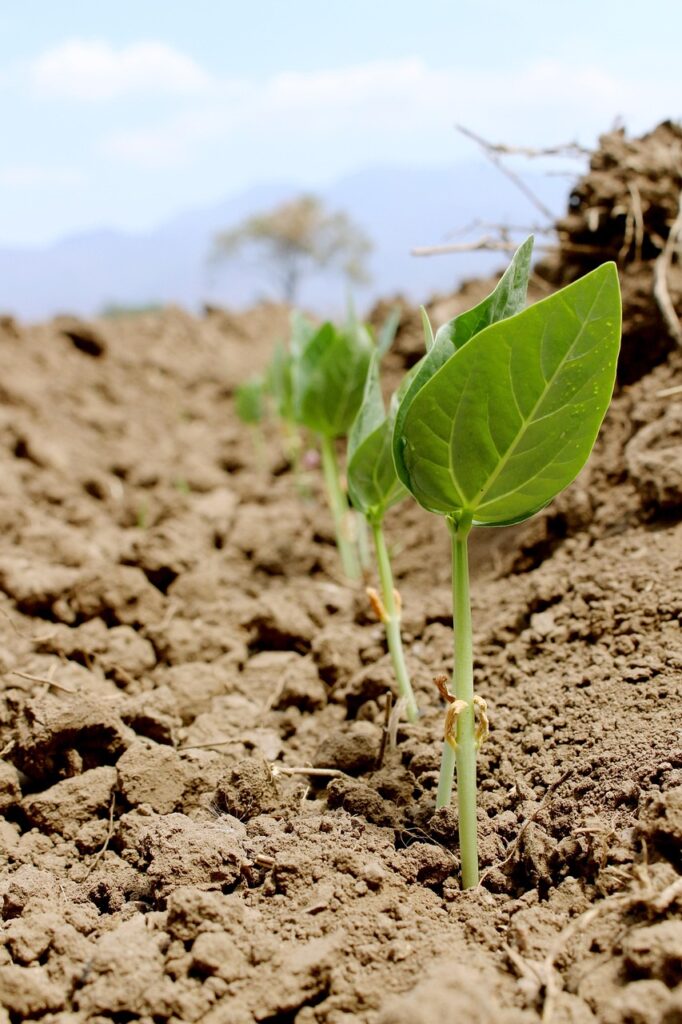
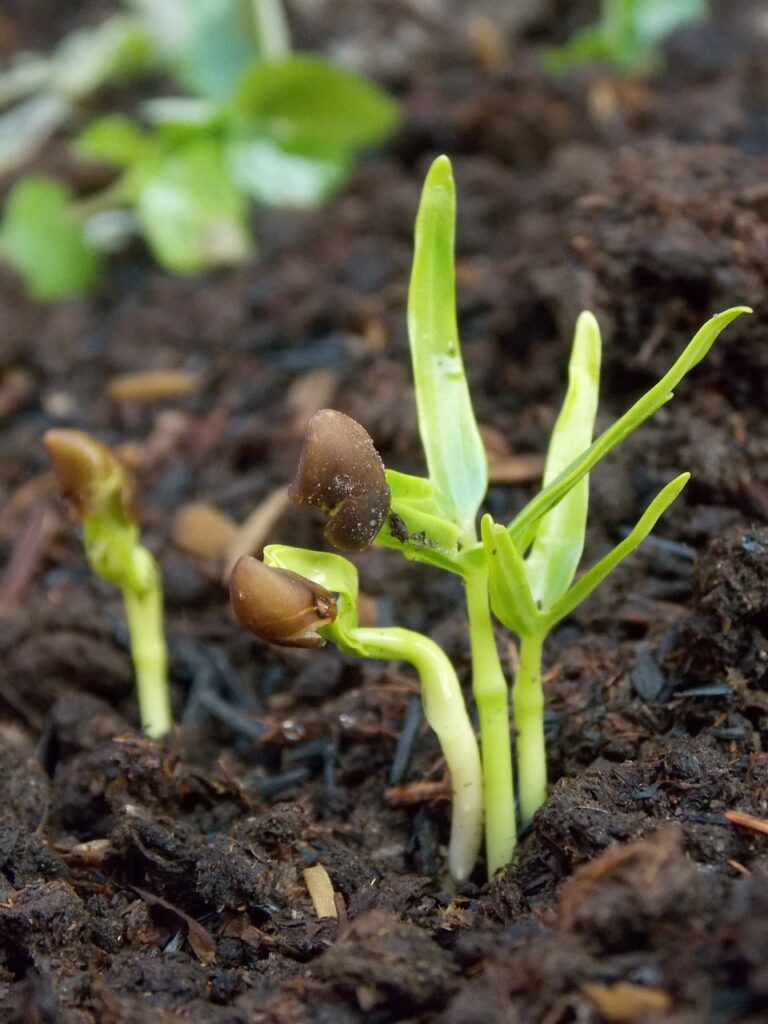
Warm It Up with Germination Mats
Seeds respond to temperature more than a cat responds to tuna. A germination mat keeps the seed starting area warm, ensuring optimum germination temperature for tricky seeds like pepper germination and tomato germination.
- Good for: stubborn seeds like eggplant seeds and yellow pepper seeds.
- Pro tip: Don’t overcook your seeds. This isn’t a skillet.
Scarify Those Seed Coats
Some seeds come with seed coats tougher than a biker jacket. Lightly nick or sand the seed coat to help water soak in faster. Great for beans, peas, and slow starting plant types.
I once used a nail file on a jalapeno seed packet—felt like I was giving a spa treatment. The result? Great seedlings in record time.
Soak Before You Sow Seeds
Soaking seeds in warm water overnight decreases germination time, especially for large seed types like melon or eggplant. Just don’t forget them in the cup unless you want tiny seedlings that look like they swam too long.
Stratify for Stubborn Seeds
Some particular seeds need a fake winter to wake up. Pop them in the fridge for a few weeks (stratified seeds). Works wonders on perennials, long spurred flowers, and other tricky seeds.
Use a Seed Starting Mix—A Blend That Matters
Skip garden soil. Use a peat based seed starting mix or sphagnum moss for high germination rates. Non coir seed mixes or common soilless seed blends ensure healthy seedlings without fungus gnats setting up shop.
Light It Right for Successful Germination
Some seeds germinate only in light, while others prefer darkness. Check your seed packets or reputable seed companies’ guides. Tomato seeds need darkness, while lettuce germinates in light.
Pro tip: Don’t ignore seed packet instructions. They’re basically treasure maps to successful seed.
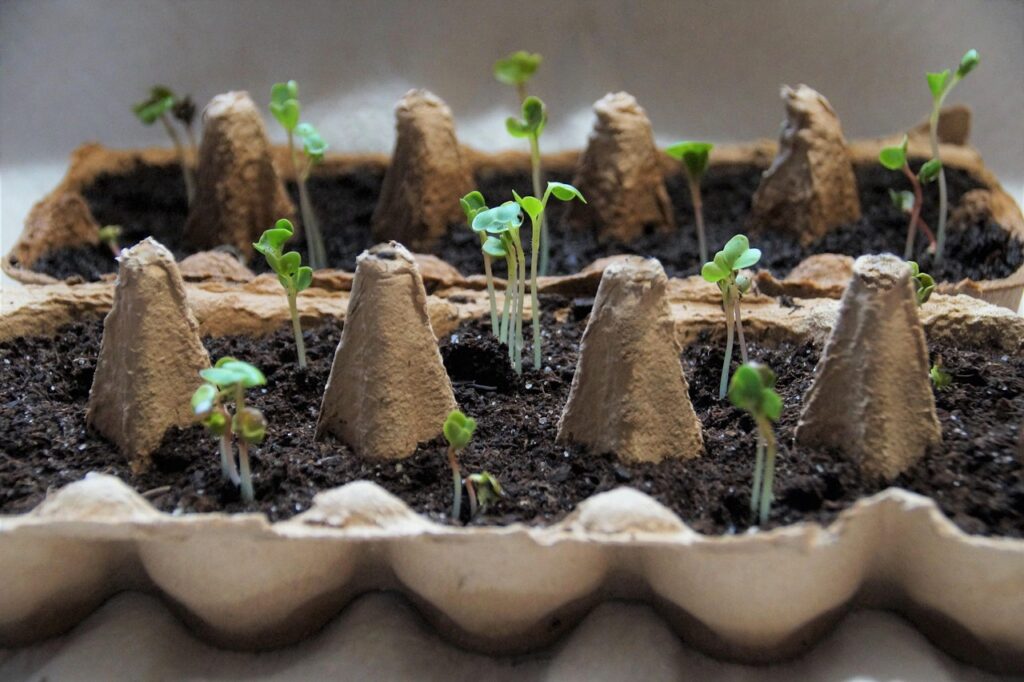
How to Germinate Like a Pro Gardener
Here’s how experienced gardeners play the germination game:
- Test Old Seeds: Do a home germination test on old seeds from your seed stash. If fewer than half germinate, congratulations—you own a packet of unstratified seeds better suited for compost.
- Upgrade to Indestructible Seed Trays: A 50cell seed tray or 10by20inch seed trays keep things organized. No more puny flower seedlings wilting in cracked plastic.
- Prevent Germination Mishaps: Keep the seed starting medium moist but not soggy. Over watered seeds = gnats, fungus gnats, and sad seedlings.
- Love Your Seedlings: Pampered seedlings become healthy plants. Neglect them, and you’ll get weeds faster than a national germination rate chart updates.
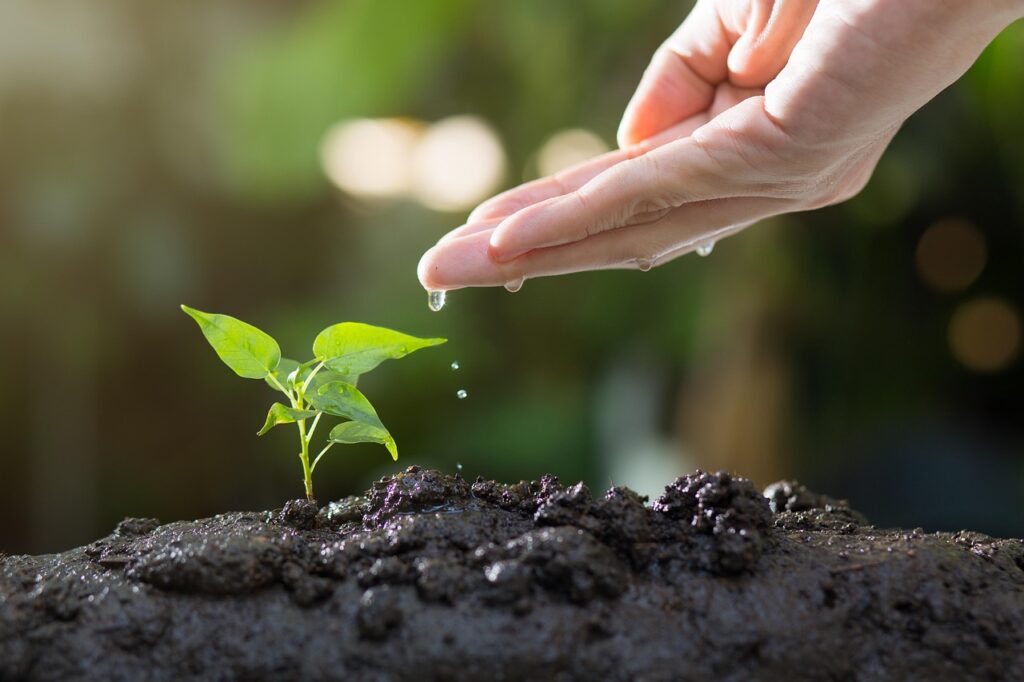
Common Mistakes That Prevent Germination
- Using old seedlings: Seed storage life matters. Don’t expect 2010 seeds to germinate in 2025.
- Ignoring germination temperature: Beans and peas won’t sprout in cool weather seeds season unless it’s warm enough.
- Planting process mistakes: Scatter seeds like confetti and you’ll get weed seedlings mixed with new seedlings. Use effective planting techniques instead.
- Forgetting seed basics: Every seed embryo deserves a fighting chance. Treat them like little seed soldiers.
Seed Germination Shortcuts for Indoor Plants
Gardening indoors is a whole other ballgame. Indoor seed starting means dealing with limited light, indoor plants like container plants, and tricky seeds that refuse to cooperate.
- Germination chamber: A fancy but effective seed starting area for the serious gardener.
- Seedling heat: Adds warmth for pepper germination and tomato germination.
- Seed starter kits: Great for new gardeners who want easy seed wins without professional seed level stres
How Seeds Germinate Differently – Not All Seeds Respond the Same
- Tomato seeds: Usual germination time, about 7 days with warm soil.
- Eggplant seeds: Slower and more stubborn, need warmth.
- Cool weather seeds (peas, beans): Germinate better in spring seedbeds.
- Reluctant seed types: Some perennials practically demand a written invitation.
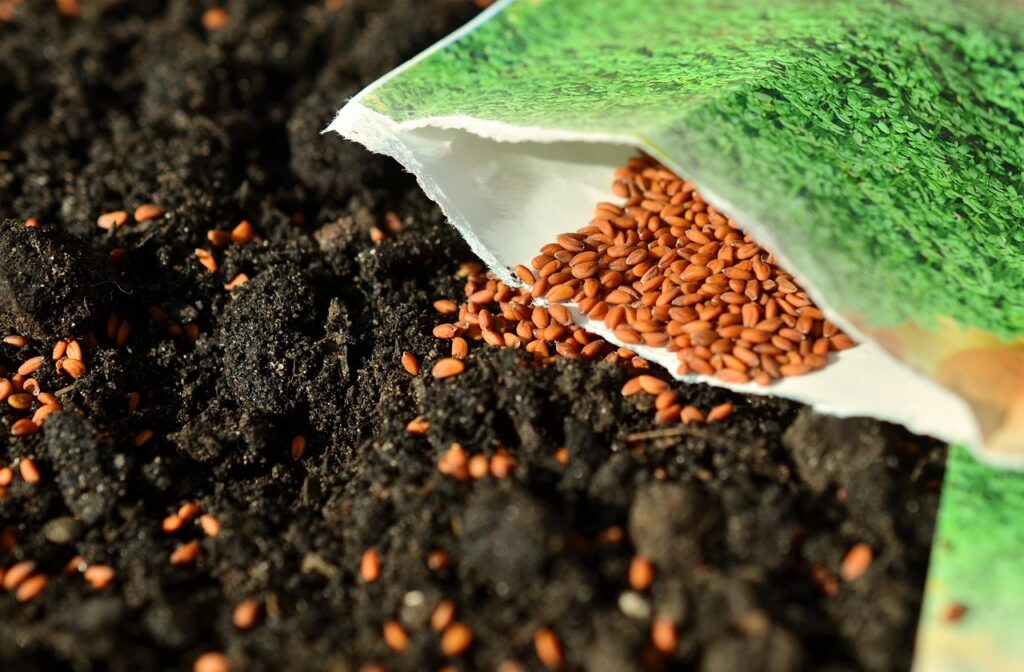
From Seed to Sprout – The Joy of a Successful Garden
Once germinated, young seedlings need love: transplanting—plants into seedbeds, steady watering, and occasional pep talks.
Remember:
- Healthy seedling = healthy plant.
- Healthy plants = great harvests.
- Great germination = gardener pride.
And when you finally see new roots pushing through soil, it’s gardening euphoria. You’ll want to call your friends and say, “Look, my tiny seedlings are alive!” They may not care, but your garden sure does.
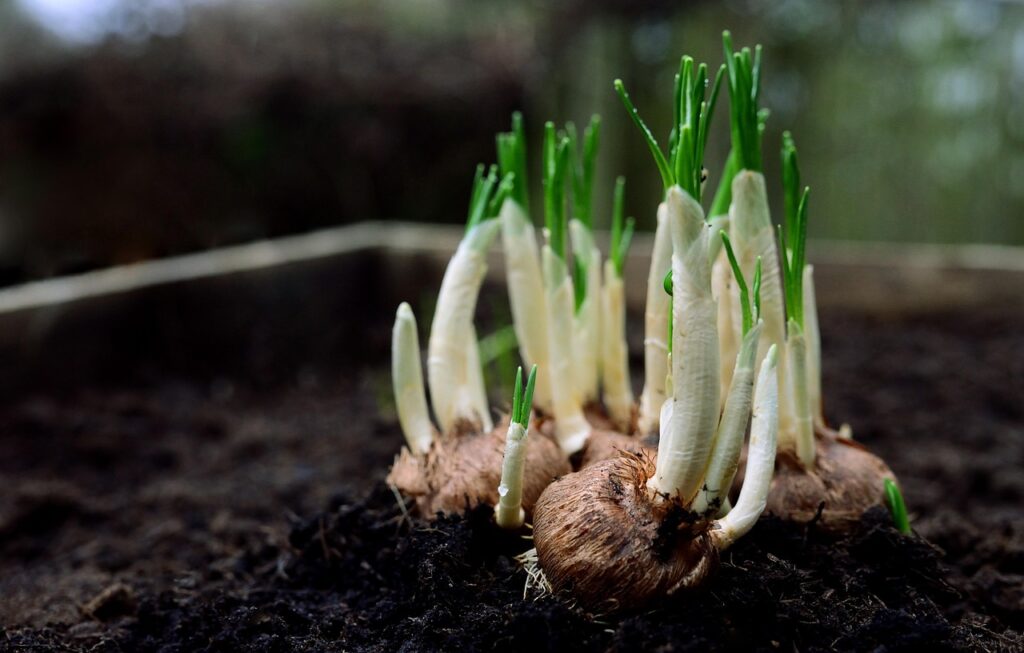
Bonus Round – Oddball Seeds, Master Tricks, and Gardening Shenanigans
Sometimes seed germination shortcuts aren’t enough—some seeds are just plain tricky seeds. These are the divas of the seed world, the ones that make gardeners mutter under their breath. Let’s talk about them.
The Reluctant Seed and Its Cousins
We’ve all had that one stubborn seed that refuses to germinate no matter how much sphagnum moss or seed starting medium moist love you give it. These reluctant seeds are usually slow starting plants or slow growing perennials. They act like they’re too busy scrolling on their tiny seed phones to sprout.
Tip? Use a germination chamber or seedling heat. Even reluctant seed types eventually respond when you give them VIP treatment.
The Seed Supply Shuffle
Ever noticed your seed stash is like a junk drawer? You’ve got old seeds, new seeds, under watered seeds, even charred seeds from that time you tried “experimental” seed storage near the stove. Seed packet prices from large seed companies or a territorial seed company may make you clutch your wallet, but good seed quality is worth it.
Want to test? Try a home germination test. If seeds don’t sprout, congratulations—you just bought compost in a packet.
Master Seed Starting for Great Seedlings
There’s a difference between a gardener and a successful gardener. The successful gardener has mastered seed starters, seed flats, and custom seed trays. They know how to plant seeds firmly, use optimal seed growth methods, and avoid puny flower seedlings. They’re basically Jedi Knights of the seed starting area.
Pro tip: Don’t scatter seeds indoors like confetti. Instead, sow seeds in indestructible seed trays with a proper seed starting mix—a blend made for optimal germination temperature. Great seedlings don’t just happen; they’re engineered with gardener fundamentals.
When Weeds Crash the Party
Ever noticed weeds germinate faster than your pampered seedlings? It’s like they’ve got a backstage pass to the garden. Weed seedlings always seem to germinate at the optimum germination temperature, and they never need a seed packet.
Weeding is just part of the gardening game. The trick? Don’t let weeds out compete your young seedlings. Give your seedlings the edge with good planting process habits, proper transplanting—plants, and yes, maybe a stern gardener pep talk.
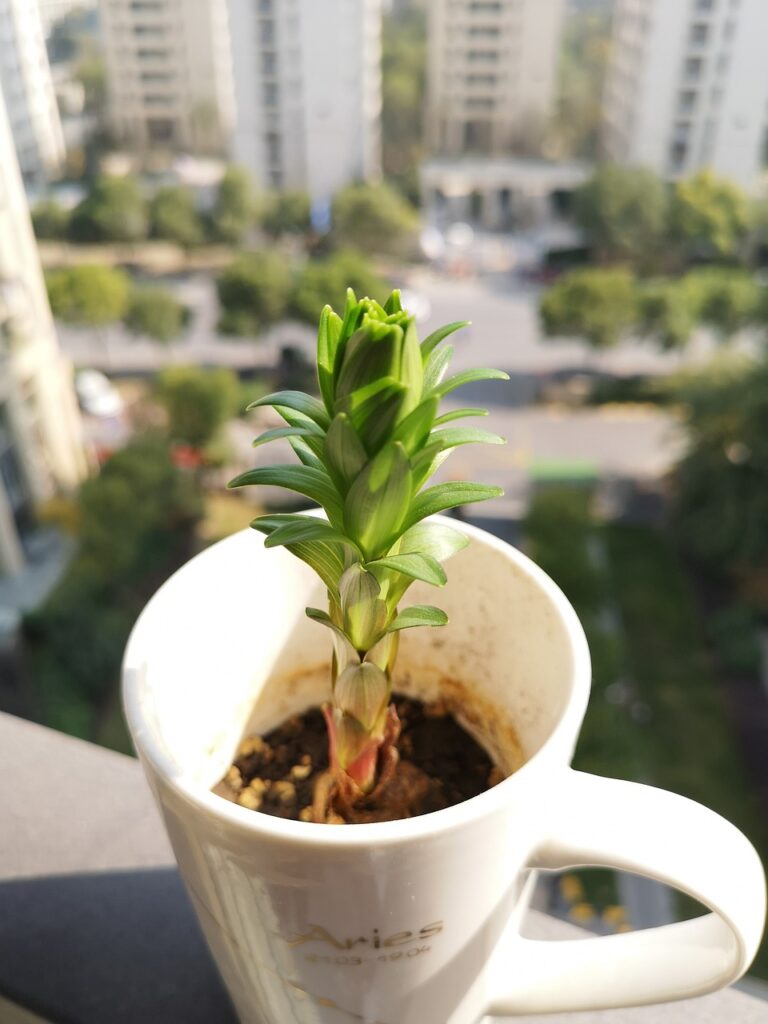
DIY Grow Kits and the Greener Thumb Vibe
U.K. gardeners love their ultimate DIY grow kits, but so do beginners everywhere. Whether it’s free seed promotions or buying plants from reputable seed companies, the gardening months are all about experimenting.
Container plants, vegetable gardening, even organic plants—all thrive better when you’ve mastered the seed starting medium. A healthy plant doesn’t come from puny flower seedlings but from healthy seedling practices.
Seed Drama You Didn’t Expect
- Black seeds? They’re not evil; they’re just different seed types.
- Round seeds? Easier to scatter seeds but harder to keep from rolling off your seed starting area.
- Flat seeds? They love seed trays more than tiny seedlings love pampering.
- Tricky seeds? Don’t let them ruin your plant performance; just baby them with professional seed methods.
- Old seedlings? Sometimes transplanting them feels like carrying your grandma’s porcelain vase—handle with care.
And don’t forget those gnats that show up whenever seeds settle in a small seedbed. Fungus gnats are like uninvited garden guests—they don’t bring snacks, they just eat plant tissues.
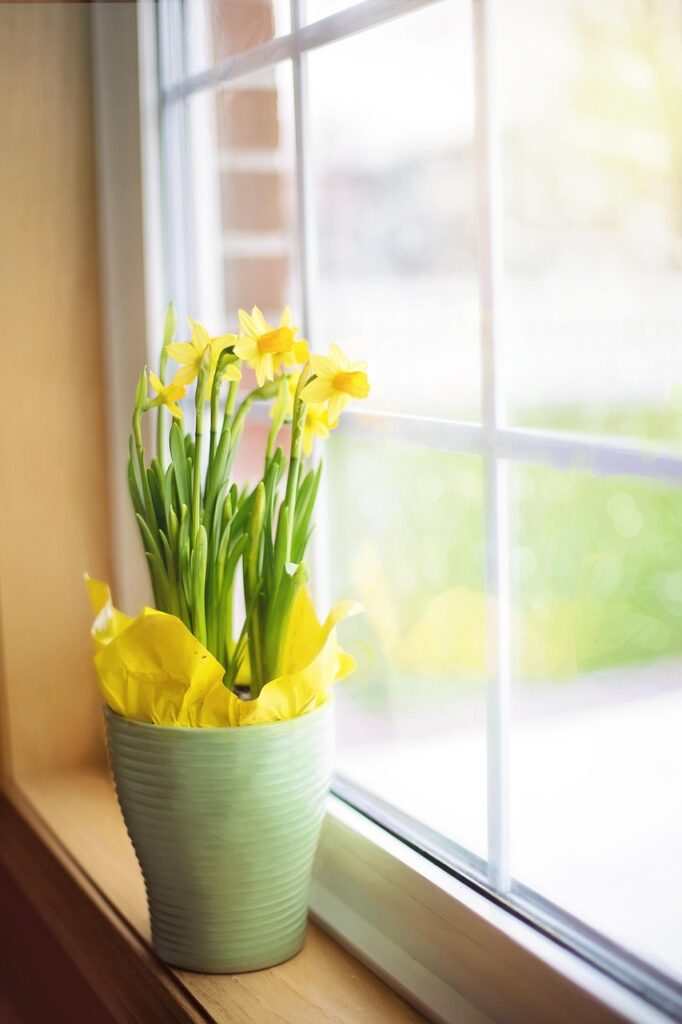
The Gardener Fundamentals Wrap Up
At the end of the day, seed germination shortcuts give you high germination rates, great seedlings, and a successful garden. Whether you’re trying pepper germination in peat moss seed trays, doing a national germination rate comparison like a seed scientist, or experimenting with free seed stash from friends, the goal is the same: healthy plants, healthy harvests, and fewer puny flower seedlings.
Remember:
- Many seeds germinate quickly with warmth and moisture.
- Some seeds germinate only with stratification.
- Seed starters are your secret gardening fundamentals weapon.
- Healthy plant vigor = better harvests.
And yes, weeds will still photo bomb your small seedbed. But hey—that’s part of the gardening experience.
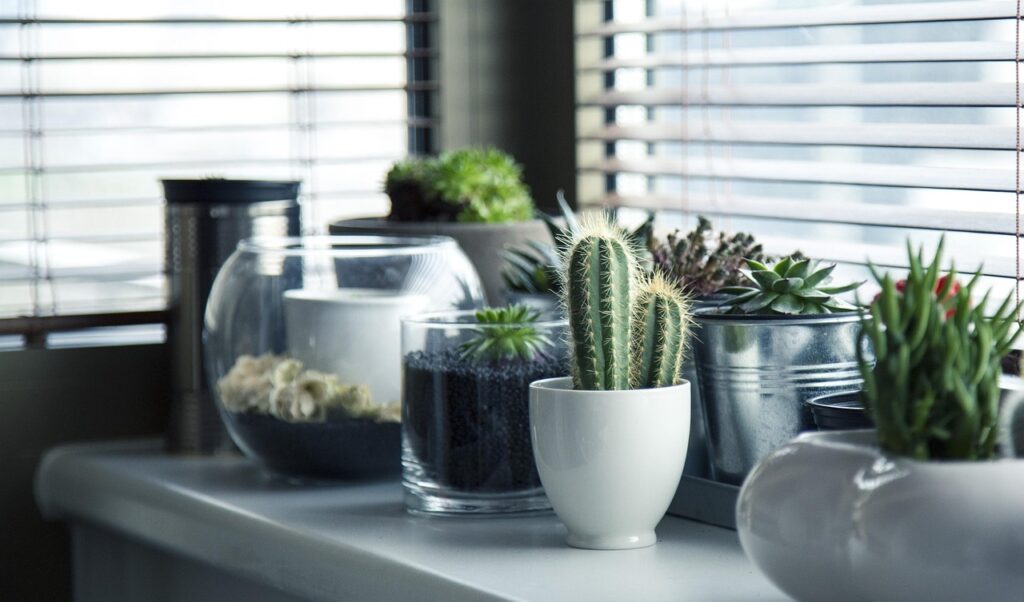
Master Seed Starting and Enjoy the Fruits (and Veggies)
Seed germination shortcuts aren’t cheating; they’re gardening fundamentals on turbo mode. Whether you’re planting beans, coaxing eggplant seeds, or trying to get tricky seeds to sprout, these shortcuts guarantee successful germination and great germination rates.
So, grab your seed packets, sow seeds in seed starting mix, pamper your new seedlings, and watch your garden seeds turn into a successful garden. With these seed germination shortcuts, you’ll go from puny flower seedlings to a successful gardener faster than weeds can photo bomb your seedbeds.
You might also like:
🌱 Frequently Asked Questions about Seed Germination Shortcuts
Q1: Do seed germination shortcuts work on all different seed types?
Not quite. Some seeds germinate like they’ve been waiting for this moment their whole lives (hello, beans), while others are slow starting plants that act like teenagers being told to wake up early. Different seeds have different personalities—some sprout with easy seed methods, while tricky seeds might demand stratification, warm seed starting medium moist, or even a full blown germination chamber.
Q2: How can I tell if my little seed is still alive or if it’s just compost in disguise?
Do a home germination test. Place a few seeds on damp paper towels, give them their own mini spa day, and see if sprouts appear. If you get a good seed performance, congrats. If nothing germinates, those under watered seeds, old seeds, or unstratified seeds are basically garden ghosts. Toss them into the compost and move on with your life.
Q3: What’s the usual germination time for common seeds?
Most common seeds like peas, beans, and garden seeds sprout in 7–14 days at optimum germination temperature. Tomato germination and pepper germination can take a bit longer, while slow growing perennials test your patience like a bad customer service hotline. That’s where seed germination shortcuts shine—they decrease germination time and give you new seedlings without the wait.
Q4: I found a jalapeno seed packet and some yellow pepper seeds at the bottom of my seed stash. Are they still good?
Check seed storage life. If those seeds don’t germinate, don’t take it personally—they’ve probably retired. Even seeds indoors have an expiration date. If you want consistent plant performance, stick to fresh seeds from reputable seed companies (yes, even the big flashy large seed companies or the territorial seed company with glossy catalogs).
Q5: My seed trays are filled with puny flower seedlings and fungus gnats. What did I do wrong?
You probably over watered, my friend. When seed starting mix—a blend of peat based seed or non coir seed—is soggy, fungus gnats treat it like an Air bnb. Puny flower seedlings happen when roots don’t breathe. Use indestructible seed trays, keep the seed starting medium moist (not drenched), and give your pampered seedlings a fighting chance.
Q6: Can seed germination shortcuts help with indoor plants and container plants?
Absolutely. Indoor seed starting is like raising houseplants on hard mode. A seedling heat mat, germination mats, or even a DIY germination chamber can create the perfect seed starting area. Whether you’re trying to coax stubborn seeds indoors or pampering tiny seedlings in 50cell seed trays, shortcuts help transform container plants into healthy plants with serious plant vigor.
Q7: Why do weeds seem to have higher germination rates than my professional seed supply?
Because weeds are the cockroaches of the gardening game. They sprout faster than a professional seed starter can say “optimal seed growth.” Weed seedlings don’t care about seed starting mix, seed trays, or gardener fundamentals. The trick is staying one step ahead with weeding, planting process precision, and keeping your small seedbed under control.
Q8: Can I use seed germination shortcuts on perennials?
Yes—but slow growing perennials are drama queens. They often need stratified seeds (fake winter), peat moss seed trays, and a lot of patience. Use master seed starting techniques, keep seed starting medium moist but not soggy, and you’ll eventually enjoy healthy plants with blooms worthy of any plant encyclopedia.
Q9: What’s the deal with custom seed and master seed starting kits? Are they worth it?
If you’re serious about gardening fundamentals, then yes. Custom seed trays, seed flats, and seed starter kits save time, prevent under watered seeds from sulking, and improve national germination rate averages in your backyard. Think of them as the ultimate DIY grow tools—perfect for gardeners who want high germination rates and fewer puny flower seedlings.
Q10: Do seed germination shortcuts actually make me a successful gardener?
Seed germination shortcuts won’t turn you into a professional overnight, but they absolutely push you closer to a successful gardener badge. You’ll get great seedlings, healthy plant performance, and maybe even unstressed plants that thrive in your perennial garden. Combine shortcuts with effective planting techniques, a greener thumb, and a little humor, and your successful garden is basically guaranteed.











